縁起と歴史
Origin and History
Establishment of AkiKokubunji
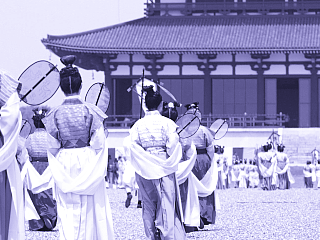
In 740, there was an imperial decree to transcribe Hokke Sutra Part 10 and to build a seven-storied Pagoda in each country. Next year, it was enacted that temples for monks should be called “Konkomyo ShitennoGokokunotera”, likewise, temple for nuns “Hokke Metsuzainotera” A temple should have 20 monks「Choose the best land and build the temple there.
Imperial decree by Emperor Shomu was announced to 64 provinces in Japan in 741, Tenpyo 13. Emperor Shomu had the desire to save all sentient beings, and build Kokubunnsouji Kokubun-niji Todai-ji in Nara was built as the head temple of Kokubunji.
Continuous war and abnormal climate cause lean harvest and starvation, and small pox was going around these days, and these problem led to social instability and people were in anxiety and agony. Emperor Shomu ordered provincial governor to build a seven stories Pagoda and settle “Konjoumyo Saisho Okyo” sutra inside pagoda.
However, it was not easy to find a land to build it and it was not completed even after 6years for some provinces
国の華
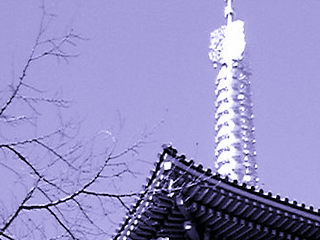
In Aki province these days, Kokubun-ji was started to build without delay. In 750
It is said that the temple was founded by Entsu, a son of 31st Emperor Yomei in “History of Akikokubun-ji”, the son of Yomei emperor was the price Umayado, the same person as Prince Shotoku Therefore, it is said that Prince Shotoku founded the temple.
According to the temple history, Akikokubun-ji seemed to be erected 150 years earlier than the imperial edict in Tenpei era.
The original principal image of Buddha was Shakamuni-butu. However, it is Yakushi Nyorai at the present. It is unknown that when the principal image of Buddha was changed. Present principal image has feature particular to early Heian era, so it seems that it had been changed before that.
The original principal image of Buddha was Shakamuni-butu. However, it is Yakushi Nyorai at the present. It is unknown that when the principal image of Buddha was changed. Present principal image has feature particular to early Heian era, so it seems that it had been changed before that.
安芸国分寺第一度目の難『国分寺炎上』
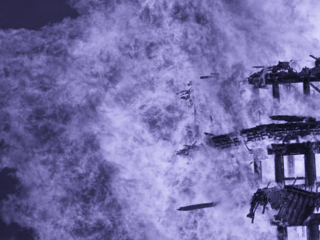
A complex of temple buildings in Akikokubunji was built in this way. However, the pagoda was burnt and fell down which was the symbol of the temple due to the Genpei war according to Yoneaki Iida. Also, Mr.Seno, the member of Municipal Board of Education supposed that it was destroyed by a stroke of lightning, and this opinion is more convincing.
The pagoda seemed to be suffered by fire twice. This was known by the fact that two different ages of roof tiles were found on excavation investigation. The years that fires occurred are unknown.
栄華もどらず
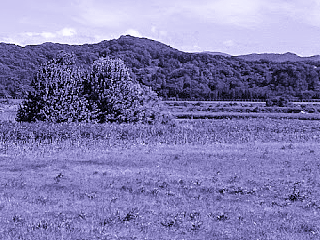
Kokubun-ji was supported by Ritsuryo System (Lows and ordinance system), local governments were disturbed and provincial governors and agents in charge of a lord’s manor started to invade temple estates. Also, frequent fires by wars caused to decline.
It is difficult to rebuild once it was suffered by fire and it is hard to recover as good as original. Many convents were all burnt and impossible to identify the site. Likewise, the site of a convent in Akikokubunji is not identified yet. Also, provincial capital had been moved to Fuchu-cho in Akigun in early Heian era, and many priests and others left this place.
Light of Buddhism inherited
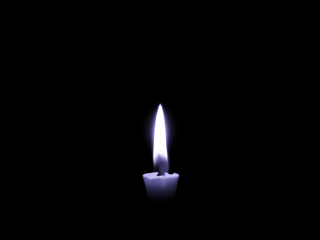
However, light of Buddhism was inherited.
It seemed that Buddhist priests were living in the temple and at least the main hall and temple quarters seemed to be rebuilt.
Priests of Shingon sect were sent to all around the nation as missionaries from mid Heian era, and they tend to live in Kokubun-ji as the base of local propagation. Therefore, it is said that many of Kokubun-ji at present belong to Shingon sect
And Akikokubunji is also belong to Shingon sect, Omuro-ha. Grand head temple is Ninnaji in Kyoto. It is unknown when it became the branch temple of Ninnaji.
Second difficulty Confiscated territory
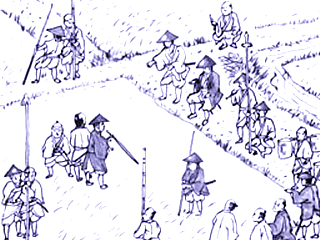
During Civil war period, 300koku of land was as temple territory by Mori clan.
However, Mori clan left to Bocho (Yamaguchi prefecture as it is), and Fukuyama clan came and confiscated most of temple territories in this region. Therefore, many temples in this region had ruined during Keicho era, from 1596 to 1615.
Recovery from the worst宥雄法印
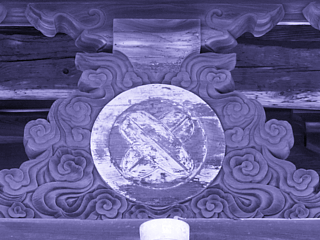
Asano clan who came after Fukushima clan had the same policy. Poverty of Akikokubun-ji was quite serious and implored the magistrate to restore the teHowever, it was declined to the worst during Hoei period (1704 to 1711), but was revived by
The third difficulty Fire occurred again
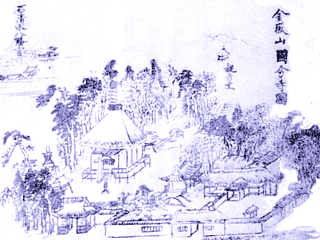
The Fire occurred again around 2 am on April 1 in 1759, and most of temple buildings were burnt. A few survived a fire were the head of the principal image Yakushinyorai, , the principal image and Buddhist alter fittings in Goma-do hall, and Nio-mon gate.
Fudo myo-o (Acara) was created in either Muromachi period or earlier in Northern and Southern Courts period.
The main hall, Goma do hall, and priest’s quarter were reconstructed. According to Kokubun-ji map in Bunsei period, there are certain level of temple halls were existed on the temple ground in late Edo period.
However, the temple was still in poverty, and the main hall was sold in 1688, and nowit is in Shogan-ji in Takaya-cho,
Higashihiroshima-city as the main hall. The principal image was settled in Goma-do hall during this period,
and priest quarter was disposed at the time. Even the bell was sold to Shofuku-jiin 1879.
After the Restoration
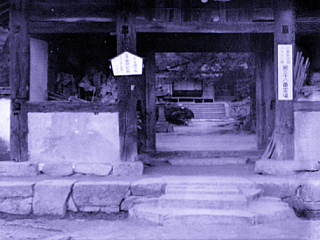
The bell was installed again in 1901.However, it was destroyed and delivered during Pacific war. The bell tower had been vacant and remained base stones were getting old and collapsed around 1950.
In 1967, large repairs were made on Goma do hall, and the principal image was unveiled inにthe special memorial service
In 1967, large repairs were made on Goma do hall, and the principal image was unveiled in the special memorial service. In 1977, there is a vacant bell tower inDairin-jiand the hall and stone wall were removed and installed in Kokubun-ji. On September in the same year, the bell was molded and the bell tower was reconstructed. Also, roof of the temple gate was rethatched and Yakushi-do hall was newly built.
This year, the inauguration ceremony for Doken, the 48th head priest of the temple, was held and the principal image was unveiled specially. The bell tower and roof of the temple gate restoration, and newly built Yakushi-do hall were the commemorative events for Priest Doken.
In addition, Yakushi Nyorai statue in Yakushi-do hall was created in latter Heian Period.
Rebuild in Heisei period

The bell tower was destroyed by Typhoon No.19 on September 17th in 1991.
Fortunately the bell was safe, the hall was rebuilt by support of believers in 1992. The Roof and walls of Goma-do hall were repaired in 1997. The priest quarter was newly built in 2000. Columns of the gate were repaired on March 2002. In 2004, finally the main hall was rebuilt where the principal image Yakushi Nyorai can be peacefully settled. In this year, there was also a celebration of completion of a main hall and the principal image was specially unveiled
In 2016, 147th of the temple, the inauguration ceremony the 48th head priest of a temple, and the guest house completion ceremony was held,
Akikokubunji has 1200years of history from Tenpei to Heisei period. This temple overcame many difficulties with the support of successive chief priests and local resident. 。
Today, many people visit Akikokubun-ji for worship, sightseeing, and studying archaeology. Also, many people come here to worship the principal image Yakushinyorai and other deities and Buddhas in Akikokubun-ji.


















